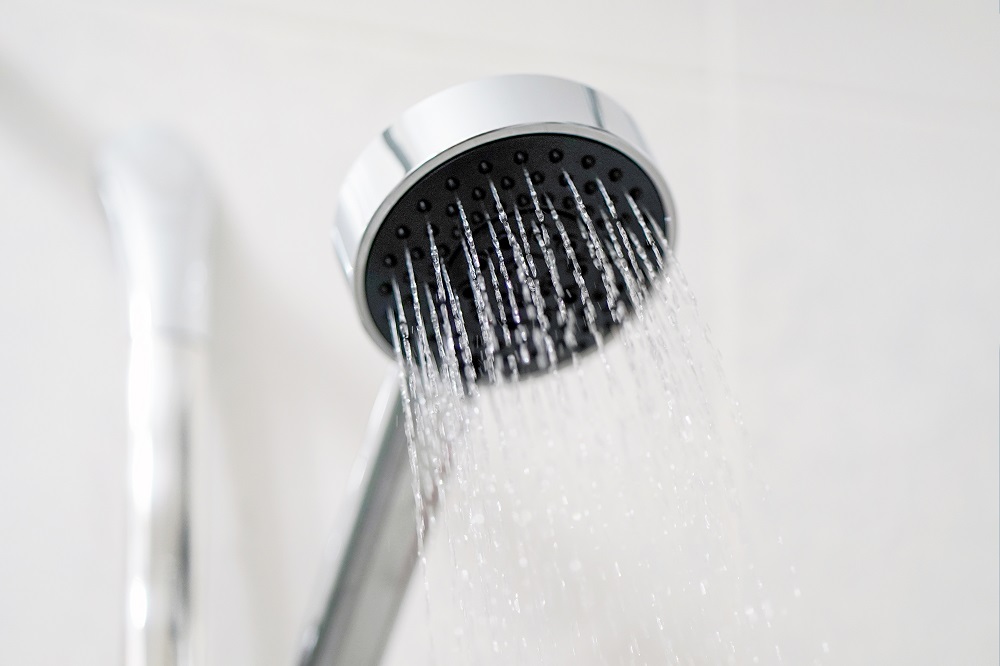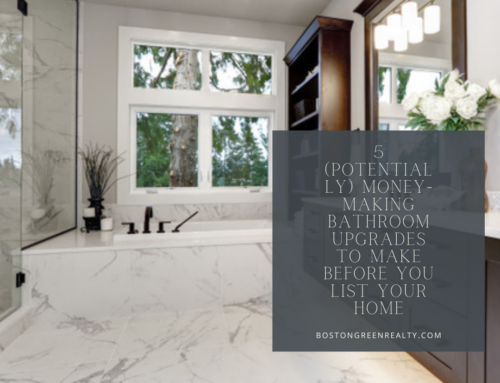If you’re like most people, you want to make a positive impact on the world – and you can start right now by implementing these 19 green living tips from Boston Green Realty.
19 Green Living Tips You Can Use Today
Green living means making lifestyle choices that reduce negative impact and, in many cases, promote the planet’s overall health. With Earth Day right around the corner – it’s April 22 – there’s no better time to implement a few changes around your home.
Check out these 19 green living tips and see what speaks to you.
1. Check Your Insulation
If your home is properly insulated, your heating and cooling systems work more efficiently. You’ll save energy (and money) by ensuring that you have the right kind of insulation.
2. Living Green by Turning Off Appliances You’re Not Using
When you’re not using your computer, power it down; don’t leave the TV on standby, either. When you switch off or unplug items you’re not actively using, you’ll save a small amount of power that can make a big difference in the long run.
3. Switch to Low-Energy Lightbulbs
LEDs and CFLs may cost a little more initially, but over time, they’ll save you bundles. Usually, these types of bulbs use 30 to 50 percent less electricity than standards lightbulbs do.
4. Turn Down (or Up) Your Thermostat for Greener Living
Reducing the temperature by a degree or two during winter – or raising it by a couple degrees in summer – will put less strain on your HVAC system and your wallet. Over a year, you’ll notice a dramatic difference in your spending.
5. Choose Low-Temperature Settings on Your Washer and Dryer
Most of the energy your washing machine uses is on heating the water, so choosing to wash on the “Warm” setting instead of the “Hot” setting will conserve power. If you can get your clothes dry with a medium-heat setting in the dryer, give it a shot – the simplest means to an end is usually best.
6. Line-Dry if You Have Time
When it’s warm outside, and when you have time, try line-drying your clothes instead of sticking them in the dryer. Tumble-drying uses a lot of electricity, and you can cut all of it out by hanging your clothes outside when weather permits.
7. Green Living Means Picking the Short Cycle
Washing and drying your clothes on long cycles can be an energy-waster. If your machines have “Eco” options, choose them.
8. Fix Leaks Immediately to Keep Your Home Green
Leaky faucets, pipes and toilet cisterns waste water, so go through your home with a wrench and make sure everything’s tightened down.
9. Take Shorter Showers
The average American shower uses about 17 gallons of water. Even cutting your shower short by a minute can save around 2 gallons of water.
10. Spring for Faucet Aerators
Faucet aerators are inexpensive add-ons that help reduce water flow and increase water pressure. You can usually find them at home improvement stores, so think about picking them up for your kitchen and bathrooms.
11. Opt for a Low-Flow Shower Head
Low-flow shower heads work a lot like tap aerators do, but they do it all on a larger scale. In fact, you can save between 20 and 40 percent of the water you’d normally use in the shower with this small change – and that’ll reflect on your carbon footprint and your wallet. (You can even get a free low-flow fixture from the Massachusetts Water Resources Authority here.)
12. Choose Local, In-Season Produce When You Shop
You already know that the foods you buy create a ripple effect, but you can keep positive effects in Boston and nearby cities when you choose local, in-season produce at the store. Better yet, opt for a trip to one of Boston’s farmers’ markets.
13. Skip the Bottled Water if Green Living is Your Goal
Bottled water is expensive and produces a lot of waste. In fact, according to Harvard researchers, “The entire life cycle of bottled water uses fossil fuels, contributes to global warming and causes pollution.” Essentially, drinking from a disposable plastic bottle is pouring valuable resources down the drain. Choose a reusable water bottle filled with purified tap water whenever possible.
14. Ditch Plastic Bags
Invest in some sturdy reusable bags for your trips to the farmers’ market, grocery store or retail store. Around 100 billion plastic shopping bags are used in the U.S. every year, and only about 2 percent of them are actually recycled.
15. Put Unwanted Items Back Into Circulation
When you’re done with something that someone else may find useful, donate it – don’t trash it. Putting your unwanted items back into circulation helps save energy on new production, and even better, it helps someone in need.
16. Plant a Garden for Greener Living
You don’t have to grow your own crops to make a positive contribution to the environment. Even a small butterfly garden can have long-lasting, positive effects on the entire community! Every foot that you use for garden space is a foot that doesn’t need to be mowed, as well, which means you’re even saving energy.
17. Throw in the Towel on Commercial Cleaning Products
Commercial cleaning products are typically full of damaging chemicals that harm the environment. If you’re looking for a green alternative, make your own. You can use things like baking soda, lemon and vinegar to whip up your own cleaning concoctions for use all over the house.
18. Go Paperless When Possible
Your bank, the utility companies and even your phone company all offer paperless billing. Opt in! You’ll be able to keep track of everything digitally, and the side benefit is that you don’t have to contribute to paper waste.
19. Green Living by Going Solar
If it’s possible, install solar panels on your home. The state of Massachusetts offers solar incentives, which you can learn about here. You may also qualify for home improvement tax credits if you install solar panels, so it’s worth looking into.
Do You Need to Talk to a Boston REALTOR About Selling Your Home Fast?
If you’re thinking about putting your home on the market, we can help you sell it quickly and at the right price. Using innovative marketing techniques, we can bring in qualified buyers who can’t wait to see the inside of your home – so let’s talk. Call us at 617-966-2475 or 617-262-3075 now, or fill out the form below, to find out how we’ll help you sell your home in Boston.
If you’re also looking for a new home in the area, check out our:
- Seaport Boston apartments for sale
- South Boston homes for sale
- North End Boston apartments for sale
- South End Boston homes for sale
- Beacon Hill (Boston) homes for sale
- Back Bay (Boston) homes for sale
- Boston Fenway Apartments for sale
- East Boston homes for sale
- Cambridge, MA homes for sale



















